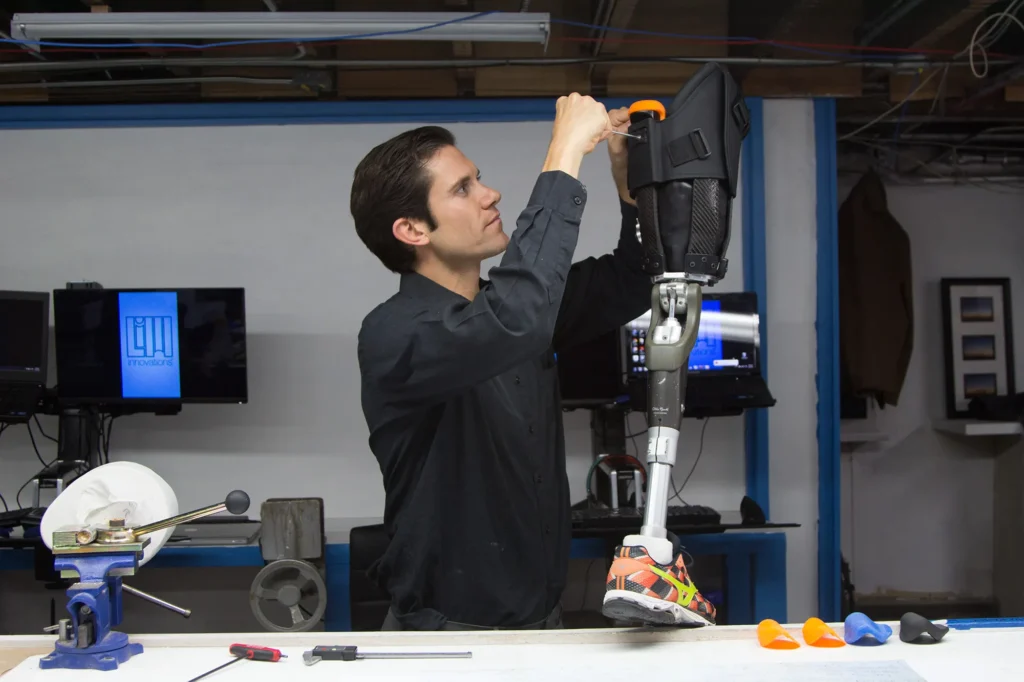Direct prosthetic sockets are innovative devices that have revolutionized the field of prosthetics by offering a more comfortable, efficient, and personalized fit for people with limb loss. So for that, learn more about these devices here.

Understanding Direct Prosthetic Sockets
A direct prosthetic socket is a custom-made interface between a residual limb and a prosthetic device. Unlike traditional socket designs, which are typically fabricated using plaster casts and involve multiple layers of materials, direct sockets are manufactured using advanced CAD/CAM (Computer-Aided Design/Computer-Aided Manufacturing) technology to create a precise, one-piece socket tailored to the person’s anatomy.
Direct sockets are designed based on 3D scans or digital impressions of the residual limb. Using computer software, prosthetists can customize the socket’s shape, contour, and thickness to ensure an optimal fit. The socket is then milled or fabricated using specialized materials such as carbon fiber or thermoplastics, resulting in a lightweight, durable, and seamlessly integrated interface.
How Direct Prosthetic Sockets Help
One benefit of direct sockets is their enhanced comfort. By precisely matching the contours of the residual limb, these sockets minimize pressure points, friction, and discomfort often associated with traditional socket designs. The snug fit and even weight distribution contribute to a more comfortable wearing experience, allowing users to wear their prostheses for longer periods without discomfort or skin irritation.
Direct sockets also provide greater stability and control during movement. The close fit and intimate contact between the residual limb and socket improve proprioception, allowing users to better sense and control their prosthetic movements. This increased stability and control translate to improved balance, confidence, and functional performance in various activities.
Lastly, direct sockets facilitate efficient energy transfer between the residual limb and the prosthetic device. The precise fit and intimate interface minimize socket movements and slippage, maximizing the transmission of forces generated during walking or other activities. This optimized energy transfer results in smoother gait patterns, reduced energy expenditure, and improved overall mobility.
Applications and Considerations
Direct prosthetic sockets are suitable for people with various levels of limb loss and different activity levels. They can be customized to accommodate specific anatomical features, functional requirements, and lifestyle preferences. Whether for daily activities, sports, or high-performance activities, direct sockets offer versatile solutions tailored to their needs.
Lastly, while the direct prosthetic socket may require initial adjustments and fine-tuning to achieve the perfect fit, it can offer long-term benefits for prosthetic users. The durability, stability, and comfort provided by these sockets contribute to improved prosthetic wear and user satisfaction over time. Regular follow-ups with prosthetists ensure ongoing optimization and maintenance of socket fit and function.
